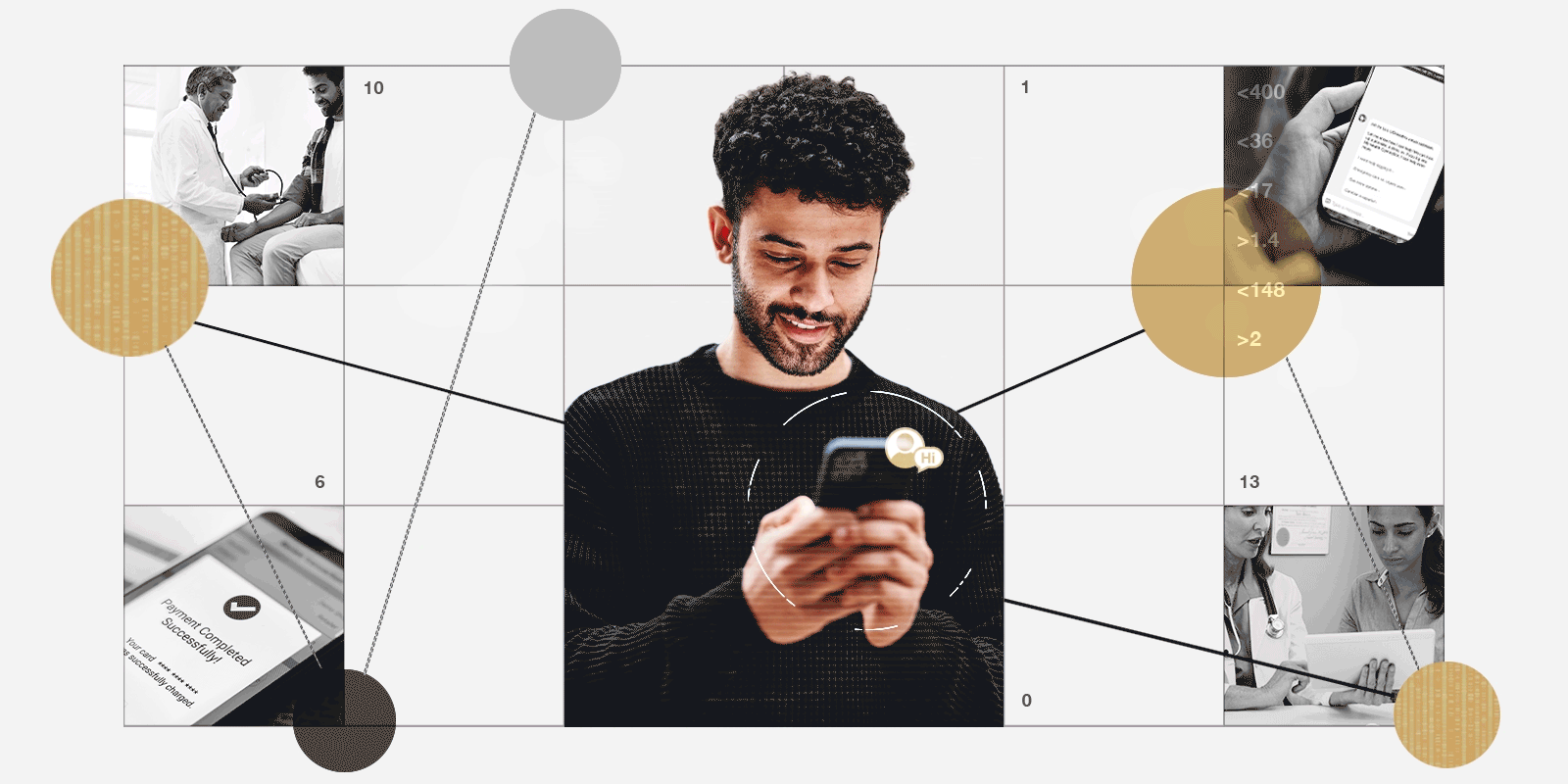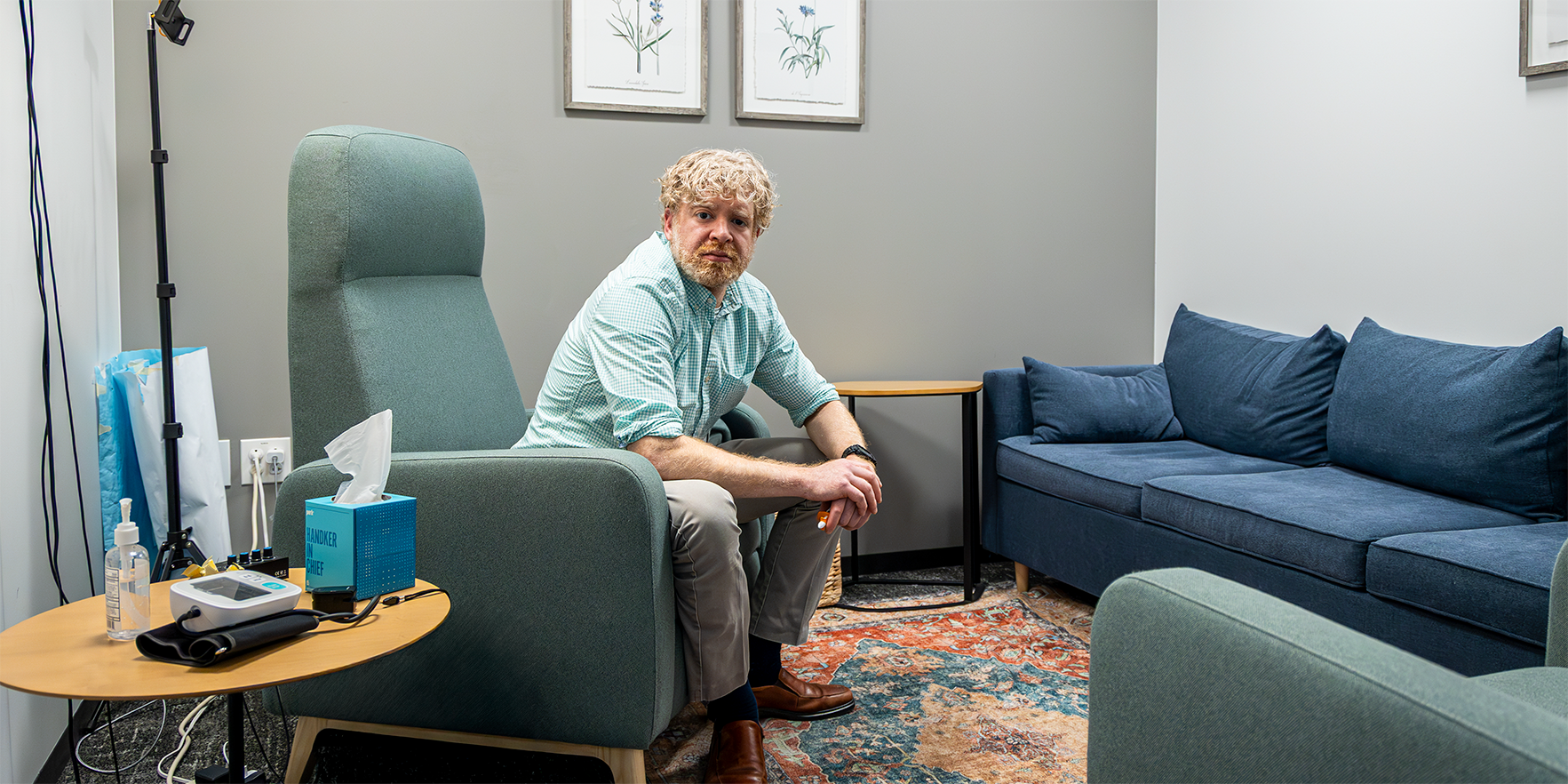President Joe Biden recently joined the likes of basketball great Shaquille O’Neal, “Saturday Night Live” star Amy Poehler and Grateful Dead legend Jerry Garcia – he went public with his sleep apnea disorder.
Given away by the telltale head-strap imprints on his cheeks from his CPAP machine setup, the president’s secret was outed this summer by observant reporters. Biden joins an estimated 30 million Americans with sleep apnea, a number that rises as a nation grows older and wider (see sidebar).
Risks of OSA
|
Like Biden, most patients sleep with a CPAP (continuous positive airway pressure) machine – the gold standard therapy for moderate to severe obstructive sleep apnea (OSA), the most common form.
“Even with all of the advancements, changes in technology and new therapies, CPAP still remains by far the most effective therapy that we have to treat sleep apnea,” said Katherine Green, MD, medical director of the University of Colorado Sleep Center at the CU Anschutz Medical Campus. “If you can wear a CPAP machine that’s been properly set and optimized for your airway, CPAP is always going to be 100% effective at eliminating sleep apnea.”
In people with OSA, muscles controlling the airway overly relax during sleep, causing the airway to collapse and restrict or completely block airflow. CPAP machines work by providing continuous pressure that keeps the airway open, reducing oxygen deprivation and numerous awakenings throughout the night.
For millions of CPAP users, the therapy has freed them of life-long fatigue, headaches and brain fog and potential serious health effects, such as strokes, diabetes and heart attacks.
CU Anschutz Today talked with Green, assistant professor in the Department of Otolaryngology - Head and Neck Surgery at the CU School of Medicine, about the disorder and how CPAP works.





